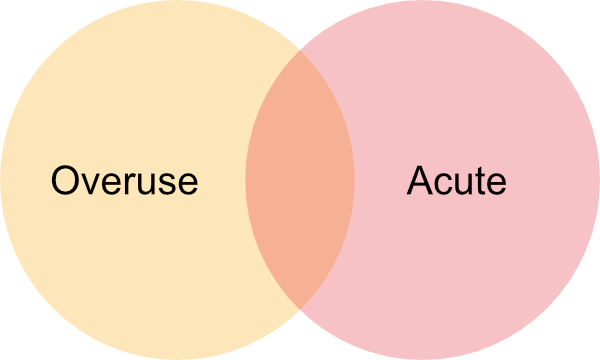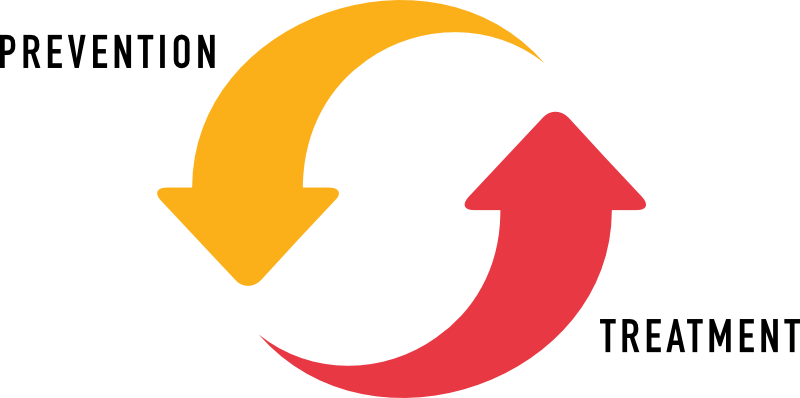Sports Injuries
Dealing with Sports Injuries

Sports injuries can broadly arise from either an overuse or acute cause. However, there can be an overlap between the two with overuse injuries being acutely worsened.
Overuse vs acute
Overuse
- Progressive
- Gradual symptoms
- Early signs and symptoms
- If detected and managed early, problems can be preventable and less impactful on the individual
Acute
- Unexpected event
- Precipitating event
- Overuse -> Acute
- Less predictable
- Sudden force
- Beyond tolerable limits

Prevention of Sports Injuries
Pre-participation screening (PPS) can help with the identification and prevention of musculoskeletal injuries, medical problems that can put you at risk during exercise, and address concerns about performance or personal goals.
It usually involves medical history, clinical examination and relevant investigations.
Clinical History
Look into intrinsic causes (such as previous injuries, medical conditions, medications, family history, diet / supplements) and extrinsic causes (such as schedule, timing, recovery, environment, equipment).
Clinical Examination
Full examination for: cardiovascular system, respiratory system, gastrointestinal system, musculoskeletal system, and neurological system.
The aim of the examination is to confirm elements from history and identify areas of concern.
Investigations
Investigations are tailored to the individual’s needs, and includes: blood pressure; BMI calculation; body fat assessment; electrocardiogram (ECG); exercise test (treadmill or cardiopulmonary exercise tests); blood tests; X-ray, ultrasound or MRI investigation.
General Prevention Advice
Warm up/cool down
Warming up and cooling down needs to be purposeful, progressive and sports specific.
It must prepare the athlete for the event and should help stimulate their neuromuscular pathways.
Stretching
These should be done after a warm up and the athlete should aim to take the area being stretched through the full range of movement. Adding in a progressive element and spring-like movement can be helpful in the latter stages.
Appropriate training
Training needs to be appropriate to the sport being undertaken. While cross training might improve fitness and co-ordination, it cannot replace time spent preparing for the sport at hand.
Conditioning
Conditioning prepares the athletes for the rigours that they will endure during training and the event, and enables them to cope with the stresses more effectively. Even those in aerobic sports can benefit from conditioning exercises to improve efficiency of movement and power.
Again this should ideally be done with a sports-specific focus if possible.
Equipment/safety
Equipment should be appropriate to the sport, well-fitted and maintained.